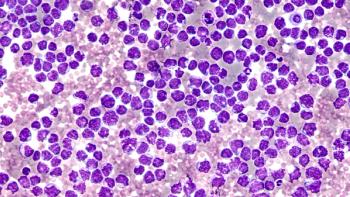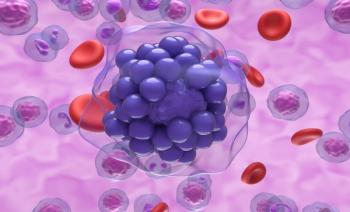
Understanding HRQOL Trajectories in Patients With Fabry Disease
Most patients with Fabry disease reported decreased physical and mental health-related quality of life (HRQOL) over 13 years of follow-up.
The health-related quality-of-life (HRQOL) trajectories of patients with
Patients with FD experience multiorgan dysfunction and progressive clinical disease manifestations with HRQOL expected to change over time. With limited longitudinal research on HRQOL in these patients, the authors examined physical and mental HRQOL trajectories at baseline, 3-5–year, and 7-13–year follow-ups.
“The multifaceted impact of the medical complications associated with FD may have long-lasting consequences for the individual’s physical and mental functioning,” the authors explained. “Ongoing difficulties with pain, fatigue, anxiety, depression, and employment are reported in adult life.”
To assess longitudinal outcomes, the researchers used 8 domains of the Medical Outcomes Scale 36-item Short-Form Health Survey (SF-36). The 43 individuals with FD who were followed were part of a program at Oslo University Hospital in Norway. The mean age at baseline was 47 years and 53% of participants were female.
Left ventricular hypertrophy was the most common clinical manifestation (59%) followed by cornea verticillate (56%), reduced hearing (50%), small fibre neuropathy (49%), pre-cerebral vessel arteriosclerosis (43%), and a history of a cerebrovascular event (35%). Males were more likely to experience small fibre neuropathy (75% vs 26%). Males received treatment for FD for a mean duration of 9.6 years vs 5.2 years for females.
Compared with a Norwegian general cohort, the FD participants had significantly lower domain scores across all 8 domains at baseline. From baseline to the 7-13–year follow-up, 2 domains of SD-36 had significant negative changes: physical functioning and social functioning. The role limitations due to emotional functioning domain had an improvement up to 3-5 years followed by a decrease by 7-13 years.
After running 2 hierarchical linear modelling analyses to examine factors associated with physical and mental HRQOL trajectories, the researchers found several significant predictors of HRQOL trajectories: sex, age, small fibre neuropathy, measured glomerular filtration rate (mGFR), cardiac ejection fraction and a history of cerebrovascular events.
They found:
- Small fibre neuropathy and lower mGFR were associated with worse physical HRQOL
- Female sex and young age were significantly associated with better physical HRQOL
- There were no associations between sex and age on mental HRQOL
- Individuals without small fibre neuropathy had better mental HRQOL
- Participants without a history of cerebrovascular events had better physical-and mental HRQOL
The small sample size, due to FD being a
However, the researchers feel the study’s findings can help inform health professionals and patients with FD and their families, as well as assist in the development of services for these patients. The yearly clinical follow-up coupled with long-term medical data is one of the strengths of the study, they noted.
“Insights obtained from studies of HRQOL in FD should guide clinicians from various disciplines to understand the patient’s needs early after diagnosis and allow for an individualized plan for future health care,” the authors concluded.
Reference
Sigurdardottir S, Bjerkely B, Jenssen TG, et al. The impact of demographic and clinical characteristics on the trajectories of health-related quality of life among patients with Fabry disease. Orphanet J Rare Dis. Published online October 12, 2021. doi:10.1186/s13023-021-02066-y
Newsletter
Stay ahead of policy, cost, and value—subscribe to AJMC for expert insights at the intersection of clinical care and health economics.













































